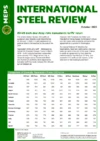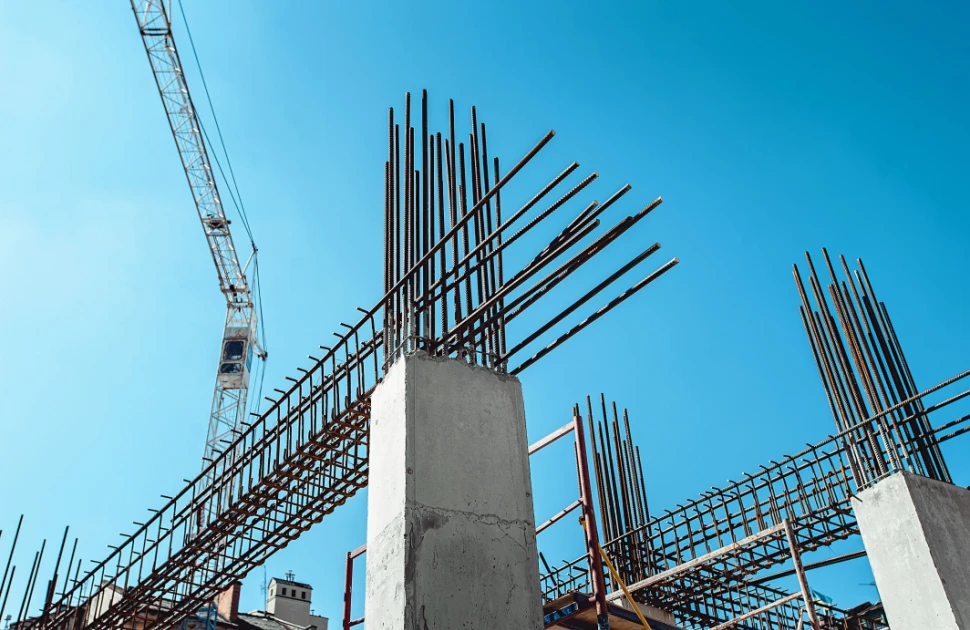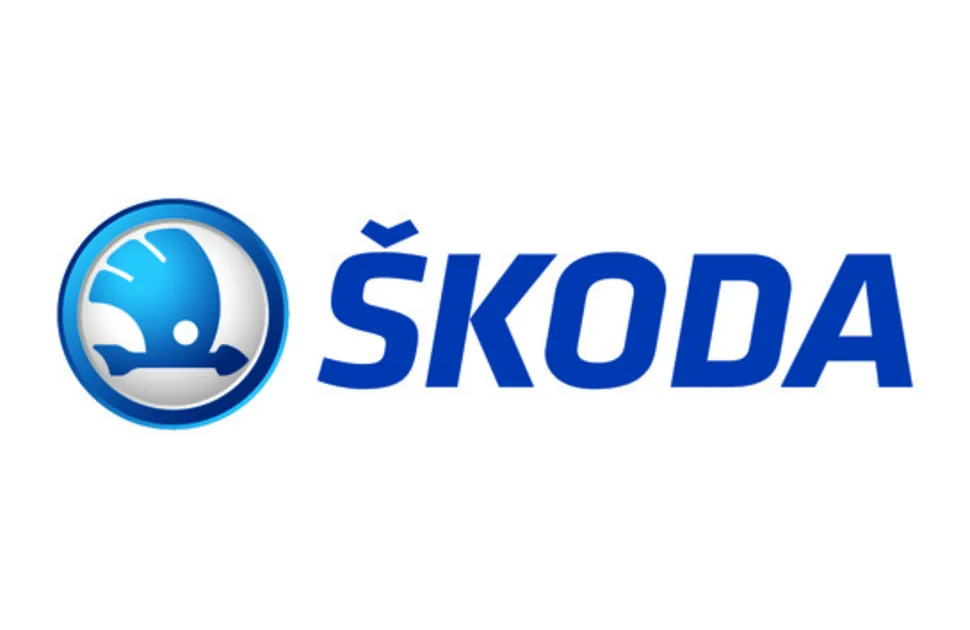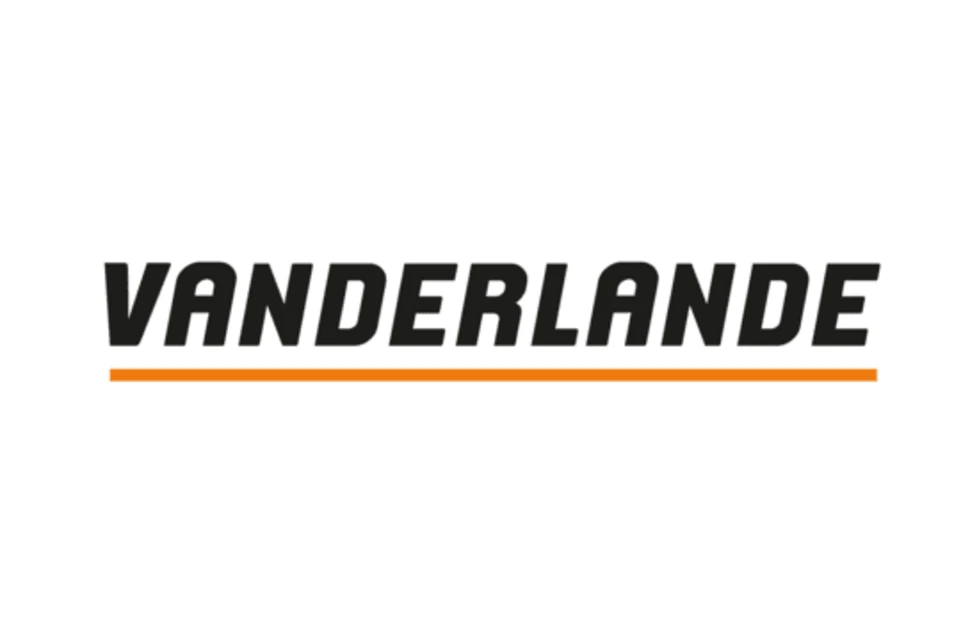US rebar prices fall back to December 2023 levels
The recent reinforcing bar price gains achieved by steel mills in the United States proved to be short-lived.
In March, MEPS’s International Steel Review confirmed that transaction values had declined to their December levels of USD820-840 per short ton – a month-on-month reduction of USD20.
Rebar manufacturers had introduced a list price increase of USD50 per short ton in mid-December. A short period of restocking activity in January helped the rise – based on rising scrap costs – to gain traction.
Domestic producers were, ultimately, unsuccessful in their attempts to secure the full extent of the hike, however, and that early support has subsequently waned.
Limited demand, plentiful supply in Q1
The mills’ recent price proposals failed for several reasons.
Activity is traditionally subdued in the first three months of the year, and quarter one of 2024 failed to buck that trend. MEPS respondents in the United States report that demand was no better or worse than in previous years, though.
Stockholding activity remains limited. Buyers at domestic service centres are fulfilling their requirements on a load-by-load basis, despite lowering their inventory levels at the end of last year.
Any seasonal pickup in construction sector activity has also been slow to materialise. The Architectural Billing Index – a leading economic indicator for non-residential construction – has remained in negative territory since July 2023. The high cost of finance, meanwhile, continues to subdue demand for new residential housing.
The positive effect on rebar prices of any improvement in demand is likely to be offset by increased domestic supply. Many purchasing managers in the US have a multitude of buying options. Significant capacity has already been introduced or is being planned to come on stream shortly.
Most common sizes – for both rebar in coil and straight bar – can be sourced from mill stocks within a matter of days.
Finished rebar prices are heavily influenced by the effect of scrap values, and reduced costs are doing little to support the mills’ aspirations of implementing increases. Shredded scrap, of Chicago origin, traded at significantly lower prices in March.
US rebar prices do remain elevated in historical terms. Nevertheless, the price differential between local and imported material, particularly that of non-North American origin, is narrow.
Mixed outlook for import supply
Traditional exporters of rebar, such as those in Algeria and Egypt, show a distinct lack of interest in selling into the United States.
Long delivery lead times – with July delivery typically quoted – and in the absence of any significant price advantage, mean that domestic buyers are reluctant to commit to foreign-based deals.
Regional supply options may be limited as a result of new legislative powers, recently proposed by US senators, which could curb the volume of Mexican rebar imports entering the US.
Mexican suppliers are currently exempt from Section 232 regulations by being part of the USMCA free trade agreement.
However, a group of senators want tariffs to be temporarily reimposed after a spike in volumes was identified. Preliminary import data for 2023 indicated that Mexican rebar imports into the United States have surged by 1,732% (to 201,772 tonnes) since the pre-Section 232 period.
If passed, the new legislation would likely harm the competitiveness of Mexican exports but, in a market where supply currently exceeds demand, would provide a timely boost to domestic steelmakers.
US producers will also benefit from policies that encourage the use of domestically produced steel, including the Investment Infrastructure and Jobs Act, Inflation Reduction Act and CHIPS Act.
Furthermore, economic pressures may finally start to ease in the US. The Federal Reserve, which recently held interest rates for a fifth consecutive month, is expected to implement cuts later in 2024, despite persistent inflationary pressures.
A reduction in the cost of borrowing may prompt an increase in project-related activity.
The effect of the outcome of the US presidential election remains unknown.
MEPS predicts that North American long product prices will trend downward in 2024. Rebar prices are expected to move within a narrower band than their beams and merchant bar counterparts, however.

Source:
International Steel Review
The MEPS International Steel Review is an essential monthly publication, offering professional analysis and insight into carbon steel prices around the world.
Go to productRequest a free publication






